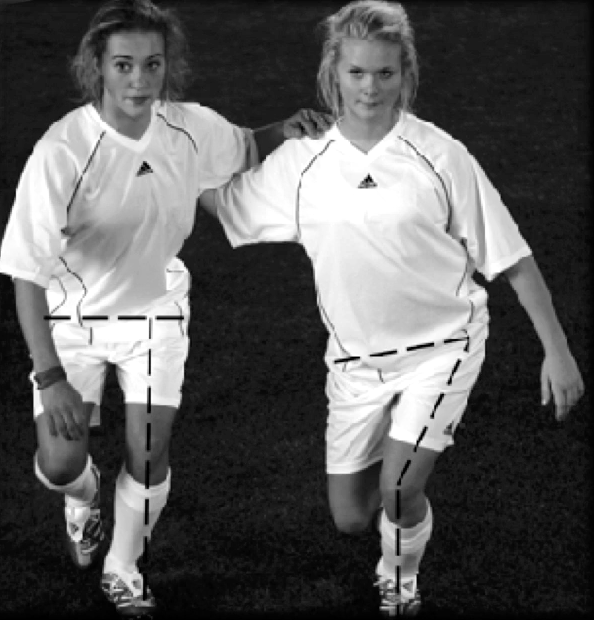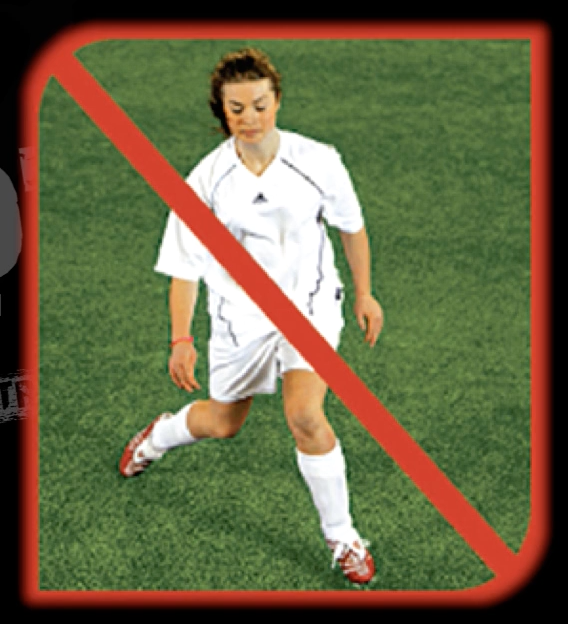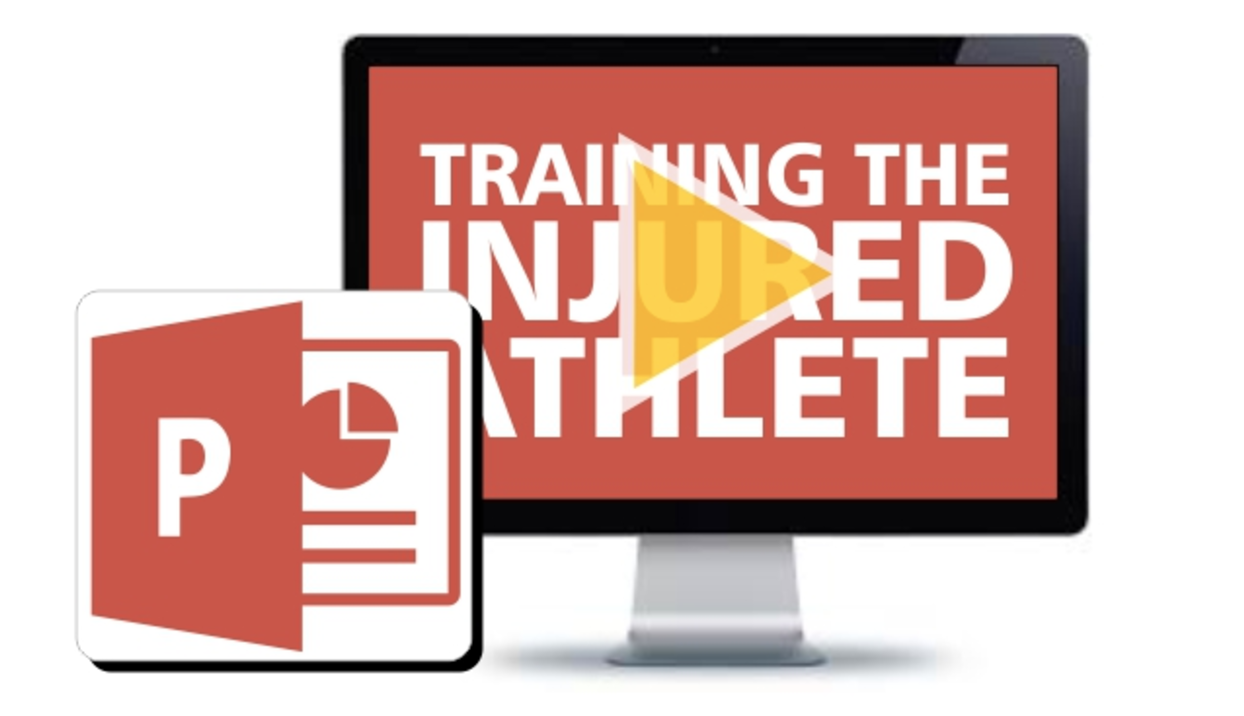A Career Liability: ACL Injuries in Females
By: Patrick Beith

Female athletes are more prone to anterior cruciate ligament (ACL) injuries than males. When comparing male and female athletes, females are said to be anywhere from 4 to 6 times more likely to tear their ACL, depending on the study. Considering there are 350,000 ACL injuries occurring annually in the U.S, what is the likelihood of your daughter getting hurt this season?
This article is going to focus on limiting the occurrence of ACL injuries in female athletes. Therefore, theories that center on wider Q-angles, size of femoral notch, size of the ACL, and hormonal influences (fluctuations in estrogen and progesterone levels during the menstrual cycle) will not be discussed. In June of 1999 the American Academy of Orthopedic Surgeons reported that these factors either did not increase the chances of sustaining an ACL injury, or there was insufficient data to support those theories. As a coach, would you hold a girl out of sports because it looks like her Q-angle is too great or she is menstruating?Now, let's look at some factors that we can actually do something about. Out of all ACL tears, 70-80% are from non-contact situations where the athlete is landing, decelerating, or cutting. When cutting, or landing from a jump, females have been observed with their knees more extended and rotated inward. Also, studies have shown females to have a delay in muscle recruitment, poor hamstring recruitment patterns, and less joint stiffness. This all contributes to an increased injury rate due to placing greater stress on the ACL. Sound promising?
This is all positive information because it tells us that something is happening at the neuromuscular level. We can help prevent occurrences of some ACL tears with proper training! Here’s the problem: In the big three sports of soccer, basketball and volleyball, where ACL injuries are prominent, female athletes are not going into the sport with a strong enough base.
 Here are a few objectives our Performance Specialists look to accomplish in off-season training:
Here are a few objectives our Performance Specialists look to accomplish in off-season training:
Muscular Balance– Since females are said to be quad dominant we need to correct imbalances between the quadriceps (the ACL antagonist), and the hamstring muscle strength to enhance joint stability. We also want to train the hip rotators to create pelvis stability and control the femoral-tibia angle. Core training is added because it will improve overall extremity stabilization.
Neuromuscular Efficiency– Females have slower muscle reaction times than males, and studies have also found that females have less hamstring and gluteus medius activation than males. In order to keep the body in the right place at the right time, nervous system adaptations must occur. Training to improve neuromuscular patterning will also enhance dynamic joint stabilization of the ankle, knee, and hip.
Increase Flexibility– Despite the notion that females are, on the average, more flexible than males, this does not mean females should ignore stretching and mobility work. We want to release any inhibited muscles are present. Remember, with any muscle imbalance there will be imbalances in muscle tension/length relationships. In simple terms, if it is long and loose; strengthen it, and if it is short and tight; stretch it. Flexibility must be a major component in every training program.
One in 10 female college athletes and one in 100 female high school athletes will suffer a serious knee injury every year. It was found that 2,200 ACL injuries occur to female collegiate athletes each year and the cost of surgery and rehabilitating these athletes is $44 million. So, instead of donating money to your local surgeon's Lexus fund, wouldn't you rather invest in a sound training program?
Recommended Athletes' Acceleration
Products
—————————————————————————–
References:
1. Arendt E, Dick R: Knee injury patterns among men and women in collegiate basketball and soccer: NCAA data and review of literature. Am J Sports Med 1995;23(6):694-701
2. Clinical Orthopaedics & Related Research, vol 366, pp 229-238, 1999
3. Griffin LY et al, Noncontact anterior cruciate ligament injuries: risk factors and prevention strategies. J Am Acad Orthop Surg,2000, vol 8,pp141-150.
4. Haverbush, Thomas J. ACL Injuries in Women. Online Orthopaedics Library.
5. Hewett, Timothy E., ACL Knee Injuries Female Athletes. www.sportsmetrics.net.
6. Knee Surgery, Sports Traumatology, Arthroscopy, vol 6 (1), pp 26-30, 1998
7. Vescovi JD, Brown T, Decelerating injuries. Training and Conditioning March 2002.
8. Wojts EM, Huston LJ, Lindenfeld TN, Hewett TE, Greenfield MLVH: Association between the menstrual cycle and anterior cruciate ligament injuries in female athletes. Am J Sports Med 1998;26:614-619.
—————————————————————————–





0 Comments for “A Career Liability: ACL Injuries in Females”